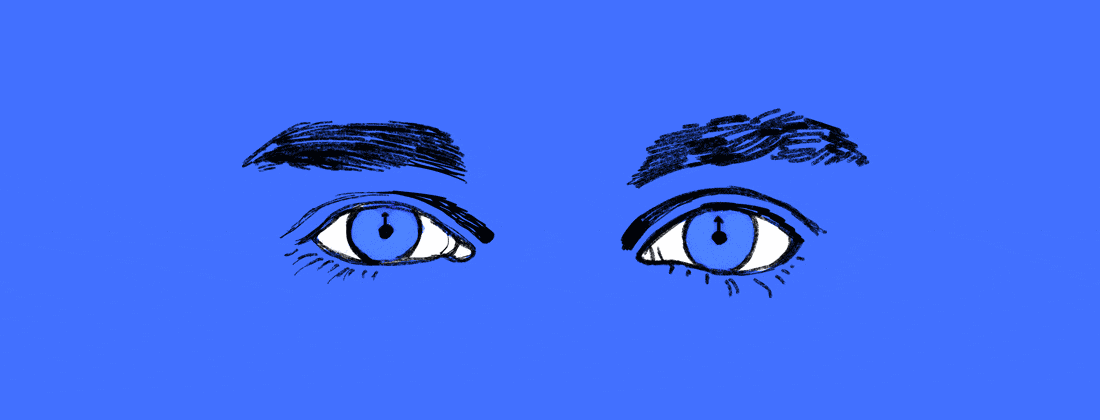Cancer and Circadian Rhythms: The Basics
Much has been made of the circadian system and its characteristic rhythms since the Nobel Prize was awarded to three different scientists in 2017 for their work in unraveling its molecular mechanisms.1 What does our latest understanding of circadian rhythms teach us about the risks of and treatments for cancer?
What are circadian rhythms?
Researchers once believed circadian rhythms were only important for maintaining sleep-wake patterns. And this is still true: our circadian rhythms must be balanced and maintained if we are to avoid chronic illness. However, impressive new knowledge about the role of the circadian system can now be applied to more than just sleep and fatigue.
Our circadian system is ruled by a single clock that serves as a timing taskmaster: the suprachiasmatic nucleus (SCN). It regulates all rhythms and is informed by zeitgebers, environmental cues such as light exposure, digestion, and activity levels.
Consistent periods of sleep and alertness -- shaped by the light-dark and seasonal cycles of the planet -- are an intended outcome of healthy circadian rhythms, but digestion and other processes also follow circadian demands that are unique to them.
These rhythms don’t begin and end with the SCN, however. We now know that every cell in the human body has its own clock. The rhythms it assigns to each cell guide its performance of an array of functions, such as cell growth, metabolism, division, and genetic repair.
What’s the link between circadian rhythms and cancer?
Cancer occurs, in part, because these cellular clocks develop functional abnormalities. It’s been determined that as many as half of patients with metastases experience long-range circadian disruption.2 It’s no wonder there’s so much new oncological research into circadian science.
In this recent article on circadian rhythms and cancer, the Dana Farber Cancer Institute best defines today’s research mission: “Scientists have begun to explore how we can potentially harness the circadian machinery of cells to improve the treatment of cancer.3
Disrupted circadian rhythms as a risk factor
Circadian disruption may be where it all begins. When we stay up too late, sleep too long, or take unscheduled naps, we disrupt our rhythms. We generally recuperate from singular instances, but for some of us, these disruptions on a regular basis are unavoidable. They include people who:
- Tend to be “night owls” who still must rise early (getting less sleep)
- Work the night or graveyard shift (which comprises 5% of our entire workforce)4
- Travel frequently across time zones (leading to perpetual jet lag)
- Provide 24-7 care for the very young, the disabled, and/or the very old
This chronic disruption (or asynchrony) to natural circadian rhythms raises risk factors for a variety of chronic diseases which include cancer.
Scientists suggest cancer development is closely related to multiple factors which, together, can disrupt the circadian system: previous immune system impairment, metabolism dysfunction, and normal aging processes.3
Circadian rhythms during cancer treatment
Because the circadian system regulates specific molecular pathways to cancer (both its processes and therapies), it’s now being enlisted by researchers as a mechanism for targeting and defeating cancer. Recent research provides some insight:
- Two nuclear hormone receptors (REV-ERBs, essential components of cellular circadian clocks), have been found to kill cancerous and precancerous (senescent) cells without damaging healthy ones.5,6
- When the circadian rhythms of tumor cells become impaired, certain cancer drugs may assist in bolstering them as a way to slow tumor growth.7
- The interplay between circadian processes and cancer, specifically related to both circadian cancer “types” and the influence of diet on cancer and the circadian system, are questions actively pursued by the NIH’s Center for Strategic Scientific Initiatives.8
Supporting the circadian system
On the home front, healthy lifestyle changes can support treatment and healing.
Discuss the timing of your treatments with your oncologist. Tailoring therapies to your unique circadian rhythms may increase their effectiveness and your tolerance. Consider devices like pumps and drug formulas that deliver medications on a specific schedule.2Sleep still matters! Cleave to a consistent sleep-wake schedule (this may include scheduled naps if daytime fatigue is an issue). Going to bed and rising at exactly the same time is an undervalued way to support your circadian system.Ensure your sleeping space is dark and quiet and follow other sleep hygiene best practices to improve your sleep.Keep your bedroom at a cooler temperature. If you’re cold at night, layer on blankets instead of increasing the thermostat. Why? Your circadian rhythms need your body to achieve a lower core temperature while asleep. A glass of cold water at bedtime is also helpful.When you wake up, seek out natural sunlight! Bask in it for 20 minutes to boost your rhythms. If the weather is bad or it’s still dark out, consider using light therapy as an alternative.
Join the conversation